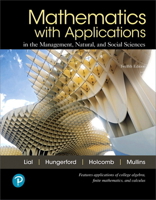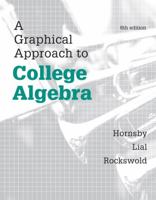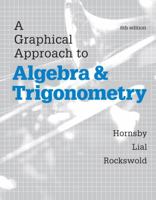Easy Sudoku Puzzles: 100 Easy Sudoku Puzzles And Solutions
Select Format
Select Condition 
Book Overview
What's more satisfying than solving an entire sudoku puzzle?
With 100 easy sudoku puzzles, this sudoku puzzle book is designed for you who want the satisfaction of solving sudoku without spending hours staring at the squares and testing all kinds of solutions.
It's only one puzzle per page, which gives you plenty of space to use your ink pen without worrying about ending up with messy sudoku once you are finished.
The book's format makes it a perfect companion on your vacation, on the beach, or right next to your bed.
How fast can you solve one of these Sudokus?
Format:Paperback
Language:English
ISBN:9198681583
ISBN13:9789198681581
Release Date:February 2021
Publisher:Sudoku Books
Length:116 Pages
Weight:0.36 lbs.
Dimensions:0.2" x 6.0" x 9.0"
Related Subjects
Behavioral Psychology Behavioral Sciences Cognitive Cognitive Psychology Evolution Health, Fitness & Dieting Health, Fitness & Dieting Internal Medicine Medical Medical Books Medicine Psychology Psychology & Counseling Science Science & Math Science & Scientists Science & Technology Self-HelpMore by Margaret L. Lial
Customer Reviews
5 customer ratings | 5 reviews
There are currently no reviews. Be the first to review this work.


































![Calculus for the Life Sciences [with MyMathLab & eText Access Code]](https://i.thriftbooks.com/api/imagehandler/s/4BFCC8D46E9EAB9A7E3623B1492854C4D9698E71.jpeg)









